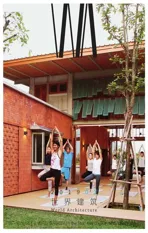S空间,河南,越南
2019-04-19建筑设计P建筑事务所
建筑设计:H&P建筑事务所
Architect: H&P Architects

1 主入口/Main entrance
“S”:将岩石及棚架保留下来
该项目位于越南河南省东范镇一个建设密度较高的新兴城区,距离一个污染严重的大型工业园区不远。项目为社区提供了一个定期关注文化和艺术活动的开放空间,其中人们在咖啡厅的小聚是一种极为日常的活动。
设计灵感来自于秀丽的金庄国家景区。该景区位于河南和宁平两省之间,岩石的非法开采正逐渐将这里变成废墟。从这个角度来看,其设计理念是借废物利用(将棚架的钢管再利用,并从金庄景区、贸易村落、建筑工地收集废弃的岩石碎块)来表达当地居民对昔日景观的珍爱、怀旧和惋惜。
设计概念:两座岩石山脉间的代河峡谷
所谓的“山”是径自伫立着的片片石墙 (0.4m厚,3.4m高),Z字形错落着,墙面随机的留有门洞和开口,使人们可以从各个方向走入。建筑外部由水景和高低错落的绿植环绕,调节了微气候,打造了怡人景观,并模糊室内外边界,拉近人们与自然的距离。轻型屋顶好像一朵硕大的“云”漂浮在阁楼上,由直径4.2cm、曾用于结构棚架的钢管和曾用于屋顶、地板的竹竿共同构成了一个易拆除但又坚固的弹性结构,与下方厚重且错落的岩石墙体形成了对比。透明PC屋顶盖层上装有洒水器与水雾喷洒装置,用于在炎热的夏季冲洗屋顶并保持下层空间的凉爽。
“云朵”和“山脉”呈现出一种既简单又梦幻的景象,与此同时,却又在使用者步入其上与步入其内时唤起一种奇特的感受:死气沉沉的金属森林和被严重污染的浓烟正将这座城市逐渐吞噬……
将项目命名为S空间 (S指将岩石及棚架保留下来),是希望此项目能有助于提高人们对越南当今未经计划就进行的自然资源的开发保持警惕性,这种开发已经将许多具有历史和文化价值的岩石变得无迹可寻,导致自然生态系统和人类生态系统严重失衡。从这个层面上说,该项目所传达的信息是:“建筑对自然和社会文化环境负有责任”。
□(天妮 译)

2.3 外景/Exterior views
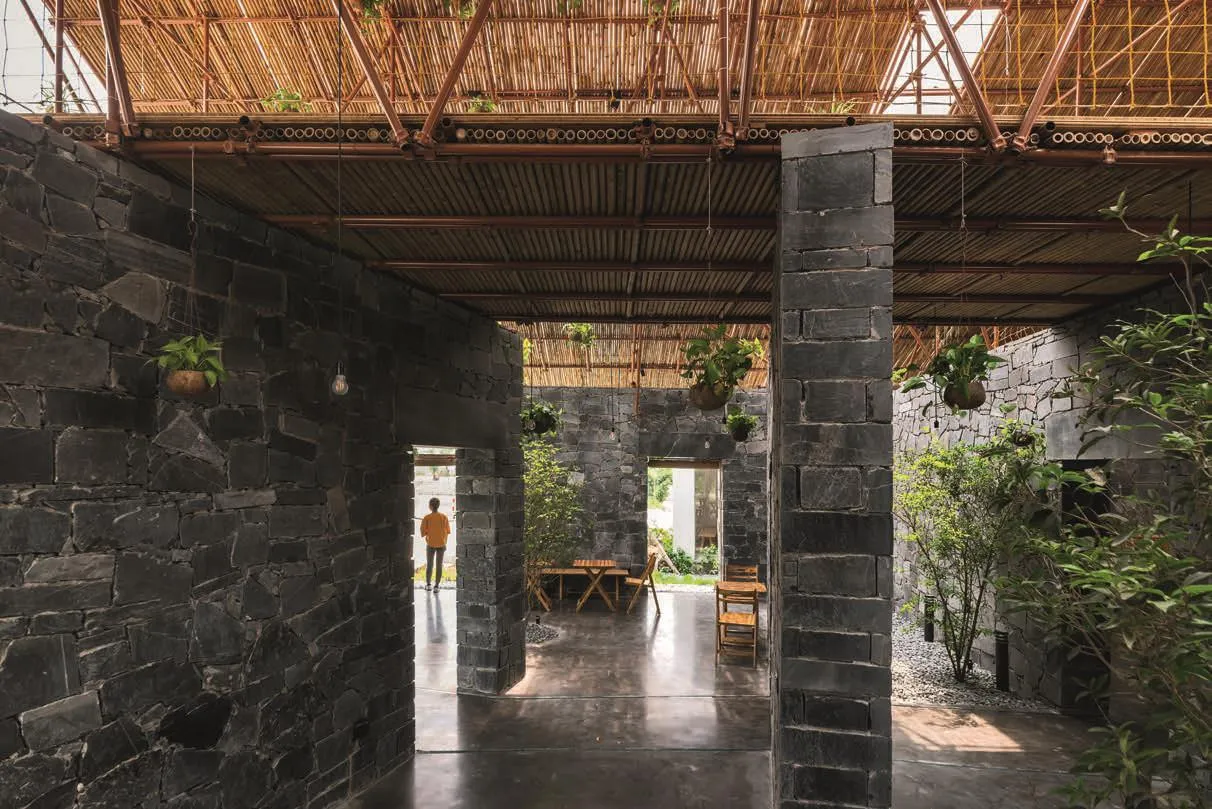
4 内景/Interior view
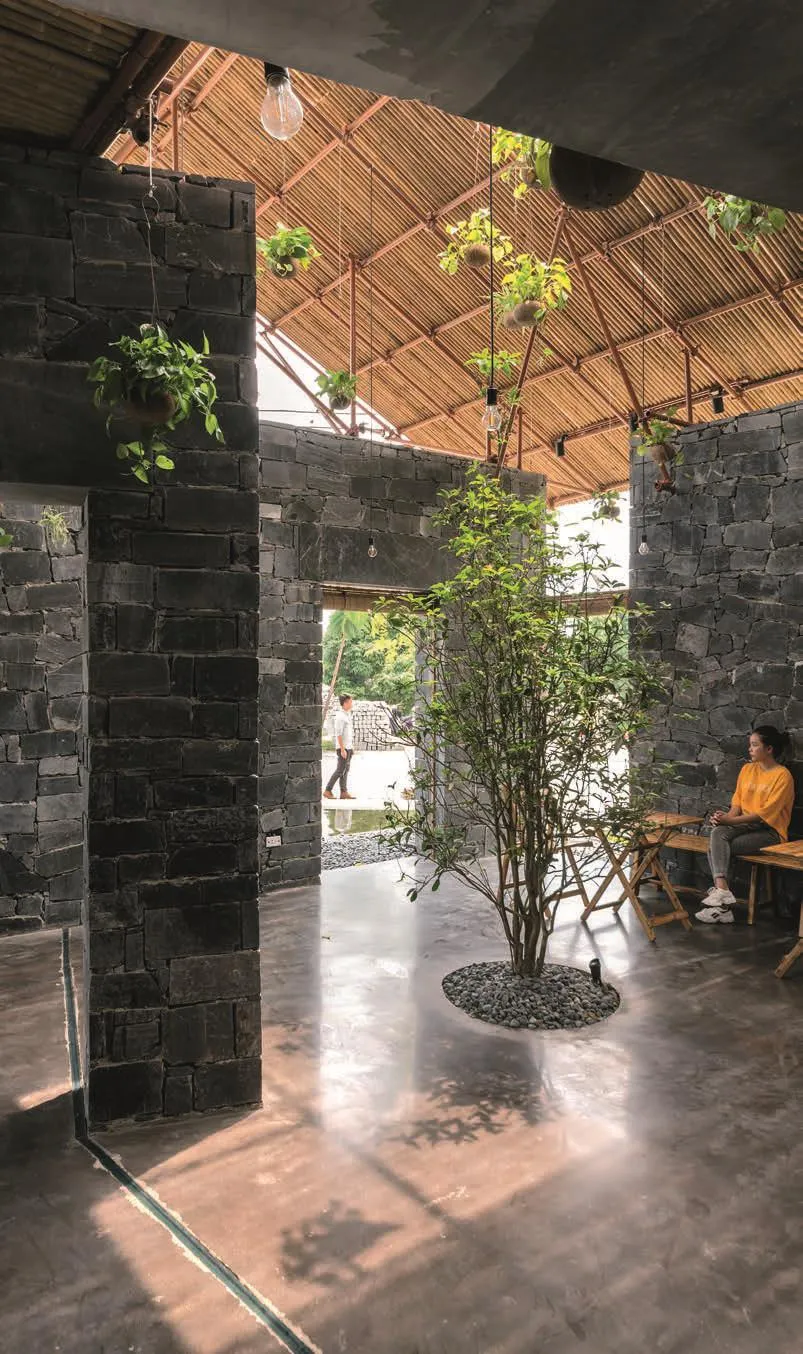
5 内景/Interior view
项目信息/Credits and Data
地点/Location: 越南河南省杜天区东范镇/Dong Van Town,Duy Tien District, Ha Nam Province, Vietnam
设计团队/Design Team: Doan Thanh Ha, Tran Ngoc Phuong, Nguyen Hai Hue, Nguyen Duc Anh, Tran Van Duong, Trinh Thi Thanh Huyen
建造/Construction: Dong Phat company & Local workers
场地面积/Site Area: 720m2
建筑面积/Construction Area: 300m2
材料/Materials: 石材、棚架、竹材(植物型钢材)/Stone,scaffolding, bamboo (vegetable steels)
竣工时间/Completion Time: 2018.07
摄影/Photos: Nguyen TienThanh
S: Save the Stone & Scaffolding
Not quite far from a large polluted industrial park, the project is located in a new emerging urban area with a high construction density in Dong Van town, Ha Nam province. This is an open space for the community with its focus on cultural and artistic aspects on a periodical basis, in which coffee space is a daily activity.
The design inspiration comes from the beauty of the national landscape of Kem Trong situated between the two provinces of Ha Nam and Ninh Binh where illegal rock mining is gradually turning this famous place into ruins. From this perspective,the design concept is to make use of waste (reusing scaffolding steel pipes, collecting rock debris from Kem Trong, discarded rocks from trade villages and construction sites) to express the treasure,nostalgia/regret of local people at the bygones of the landscape.
Idea for design: The gap between two rocky mountains created by Day River
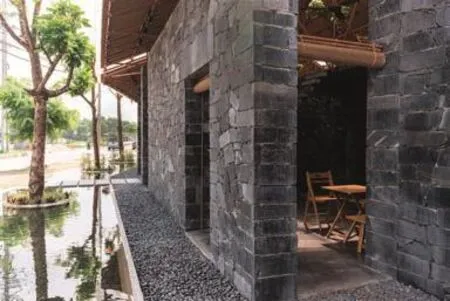
6 入口局部/Part of the entrance

7 内景/Interior view
"Mountains" are made of stone walls (0.4m thick, 3.4m high) which stand alone, zigzag intermittently and connect randomly to one another through doors and openings to enable users'approach from various directions. The outer cover is the water surface; with green trees alternating in various positions on different facades to regulate microclimate, create scenery and blur the outerinner boundaries, bringing people closer to nature.Suspended above is a "big cloud" consisting of lightweight roofs and mezzanine floors created by the continuous transfer of steel pipes (d=4.2cm,previously used as construction scaffolding) together with bamboo sticks (roofing, flooring), allof which make a fragile but solid, elastic structure - in contrast to the thickness and tortuousness of the rock cave beneath. On top of the transparent polycarbonate roo fi ng are sprinkler & mist sprayer to wash the roof and keep coolon hot summer days.
"Clouds and Mountains" present primitive and dream-like images but at the same time evoke strange feelings for experience on and within: dead metal trees and heavy polluted smoke are gradually swallowing the town.
Named as S Space (S=Save the Stone & Scaffolding),the project helps raise alert at unplanned exploitation of natural resources in Vietnam today, which have wiped out many rocks with historical and cultural values, resulting in a serious imbalance between the natural ecosystem and the human one. In this sense,the message S Space conveys is: "architecture bears responsibility for the natural and social-cultural environment".□

8 轴测/Axonometric drawing

9 首层平面/Ground floor plan
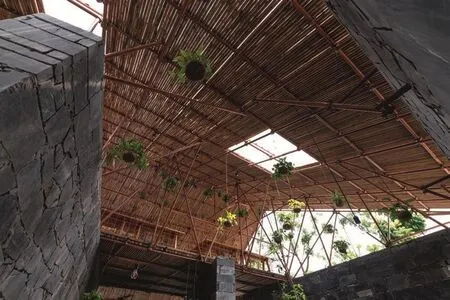
10 屋顶/Roof
评论
宋晔皓:S空间更像是一个具有艺术属性的装置。从命名到概念的实现只有一个主题,那就是唤醒人们保护环境的意识。任何一个接触到这座建筑的人都会直觉地感受到两种不同的元素:厚重的石墙和轻盈的屋顶。这个恰恰是建筑师想要人们体会到的。隐喻则是墙体石材主要取自被破坏的山体废墟,而看上去和竹子一样的脚手架,同样是一种工业文明的产物。从这一点看,建筑其实已经具有了艺术装置的特征,所有的材料和工法,甚至建筑功能,都是为了隐喻而服务。
Comments
SONG Yehao: S Space is more like an artistic installation.From the naming to the realisation of concepts, the only theme to arouse people's awareness of environmental protection is manifest. Anyone who reaches the building will intuitively feel two different elements: thick stone walls and light roofs. This is exactly what architects want people to realise. The metaphor is that the wall stones are mainly drawn from the ruins of the destroyed mountains, and the scaffolding that looks like bamboo is also a product of industrial civilisation. From this point of view,architecture already has the characteristics of artistic installation.All materials and techniques, even architectural functions,contribute to the metaphor. (Translated by CHEN Yuxiao)
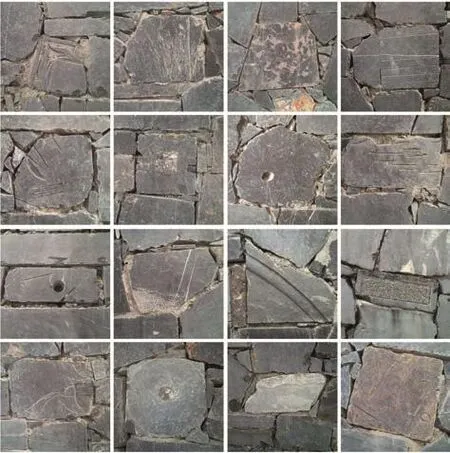
11 墙面由碎锌片以及贸易村和建筑工地的废弃石头砌成/Wall segments made of Kem Trong debris and discarded stones from trade villages and contruction sites
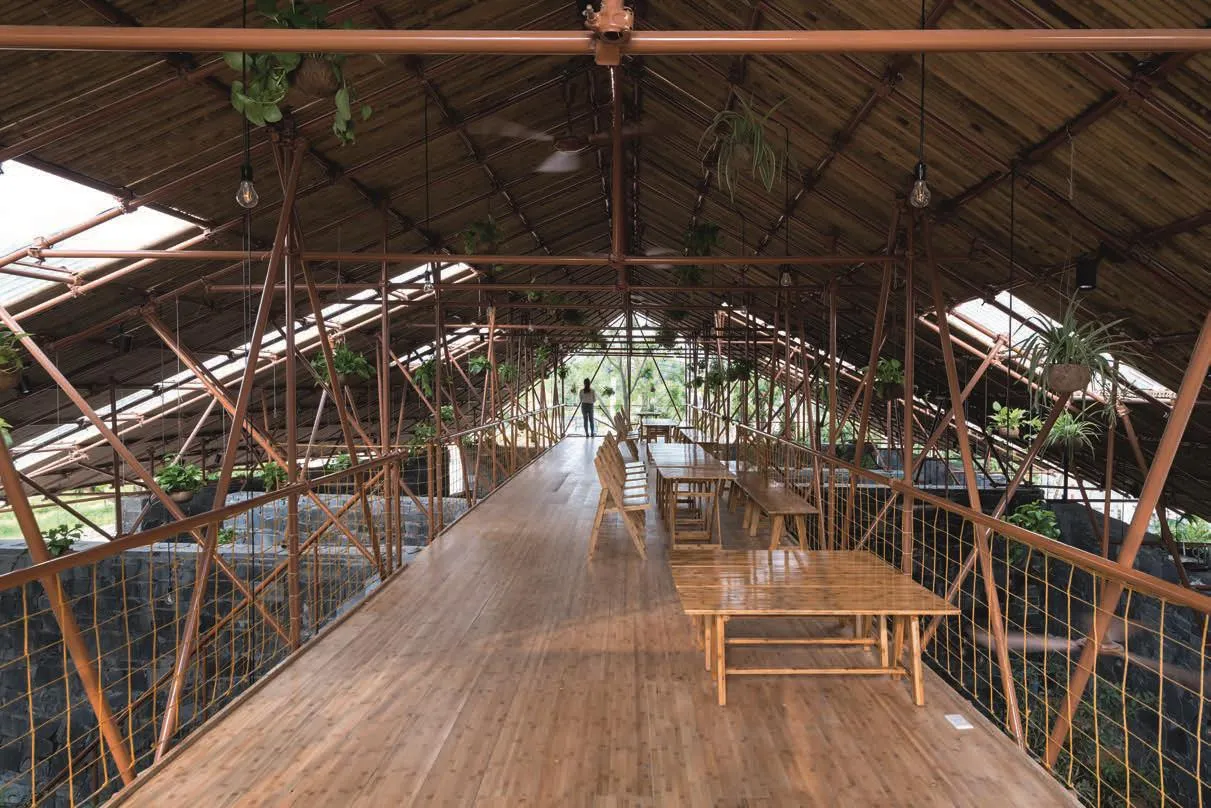
12 阁楼内景/Interior view of the mezzanine
钟冠球:该项目更像是一个景观建筑,在现存城市建筑围合的剩余用地中,创造一个开放空间。建筑如图解一样很清晰地分成“(较重的)基座+(较轻的)屋顶”:基座是以片墙的形式,构建出重叠的游览体验,穿堂风经过水面带来降温效应;用脚手架支撑起来的屋架结构能让人在其中穿行,聚碳酸酯屋面及竹子吊顶给室内带来合适的光线。建筑有意思的是屋顶做了喷淋喷雾器,能降温和清洗屋面,另外墙体饰面用了当地深灰色的有特殊印记的岩石废料。需要质疑的是脚手架屋面是工匠经验的呈现还是经过严谨力学计算?能否抵抗当地台风的袭击?
ZHONG Guanqiu: This project seems more like landscape architecture. It created an open space on a remaining enclosure which is surrounded by existing urban buildings. The architecture, as depicted in the diagram, is clearly divided into "foundation support (heavier) + roof top (lighter)". Firstly, its foundation brings a sense of layers for visitors in the form of slice walls, while the air going across the water creates cooling effects. Secondly, scaffoldingsupported roof structure allows people passing through, and the polycarbonate roof covering and bamboo suspended ceilings provide the interior with appropriate light. Interestingly, sprayers have been installed on the roof, which can help to both lower the temperature and clean the roof covering.Furthermore, the wall-facing employed the local dark grey waste rocks with special impresses. The question arises of whether the scaffolding roof is a result of craftsmen's experience or based on precise mechanical calculations. Can it protect the building from typhoons in the local area? (Translated by WANG Dandan)
